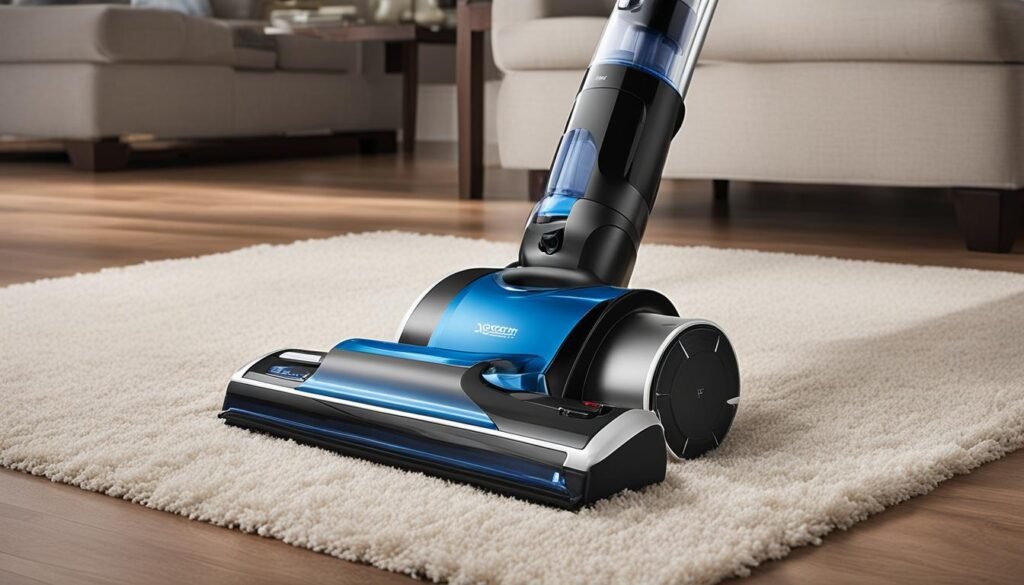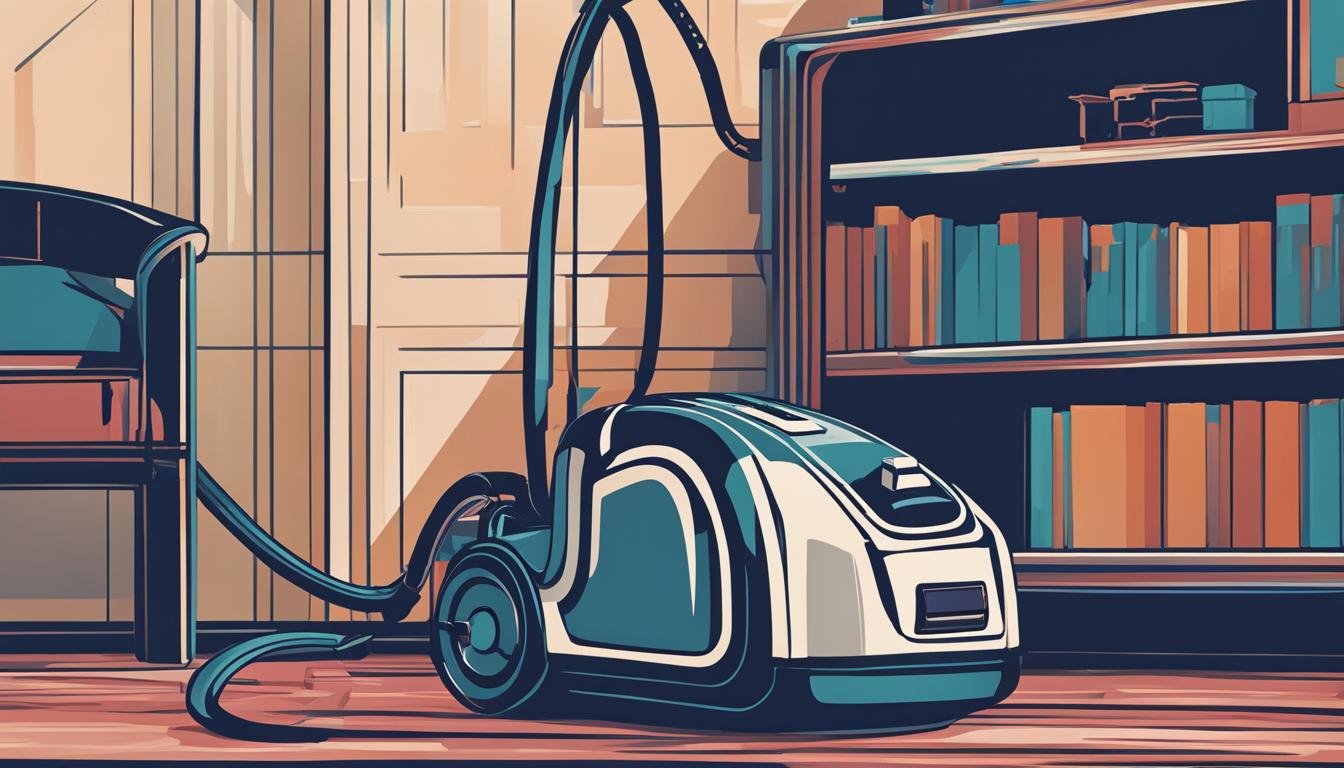In the world of vacuum cleaners, classification plays a crucial role in determining their safety and suitability for specific environments. When it comes to classifying vacuum cleaners, it all boils down to their ability to handle potentially hazardous situations.
The National Electric Code (NEC) employs a comprehensive class/division/group system to indicate the risk levels of different work areas. Under this system, vacuum cleaners are classified into Class 1 and Class 2 categories.
Class 1 vacuum cleaners are designed to operate in areas where flammable gases or vapors are present. These vacuums are built with enhanced safety features to reduce the risk of explosion or fire caused by sparks or electrical faults. On the other hand, Class 2 vacuum cleaners are specifically designed for areas with combustible dust. They are equipped to handle the unique challenges of cleaning environments where fine particles can pose a potential ignition hazard.
Understanding the classification of vacuum cleaners is crucial not only for the effective cleaning of different environments but also for ensuring the safety of workers and occupants in potentially explosive or hazardous areas.
Key Takeaways:
- Vacuum cleaners are classified as Class 1 or Class 2 based on their suitability for hazardous environments.
- Class 1 vacuum cleaners are designed for areas with flammable gases or vapors.
- Class 2 vacuum cleaners are suitable for areas with combustible dust.
- Knowing the classification can help you choose the right vacuum cleaner for your specific cleaning needs and ensure safety.
- Always consider the classification when selecting and using a vacuum cleaner in potentially hazardous environments.
Vacuum Cleaner Standards and Performance
When it comes to selecting a vacuum cleaner, performance and features play a crucial role. Understanding the standards and regulations that govern these aspects can help you make an informed decision. In the United States, one of the most prominent standards is set by the Association of Home Appliance Manufacturers (AHAM). Their AHAM Standard AC-1 provides guidelines for measuring the performance of vacuum cleaners, including factors such as airflow, suction power, and dust pick-up efficiency.
Not only does the AHAM standard ensure consistency in vacuum cleaner performance evaluation, but it also allows consumers to compare different models objectively. By looking at metrics such as airflow, which measures the amount of air that passes through the vacuum cleaner in a given time, you can gauge its overall effectiveness. Suction power is another critical factor, indicating the strength of the vacuum’s suction. Dust pick-up efficiency, on the other hand, measures how well the vacuum cleaner collects various particles.
Regulatory standards also play a role in determining the performance and efficiency of vacuum cleaners. Government bodies such as the U.S. Environmental Protection Agency (EPA) and the European Union’s Eco-Design Directive set energy efficiency requirements, prompting manufacturers to develop more sustainable and eco-friendly products. By adhering to these standards, vacuum cleaner manufacturers can ensure that their products meet specific energy consumption criteria, benefitting both the environment and consumers.
However, vacuum cleaner performance is not solely about numbers and ratings. Features also play a significant role in enhancing cleaning efficiency and convenience. Manufacturers may incorporate various features into their vacuum cleaners, such as:
- HEPA filters: These high-efficiency particulate air filters can capture and trap fine particles, making them ideal for individuals with allergies or asthma.
- Multi-surface cleaning capabilities: Vacuum cleaners with adjustable settings or interchangeable attachments allow you to seamlessly transition between different floor types, such as carpets and hard floors.
- Cord length and maneuverability: Longer cords provide greater reach, while swivel steering and lightweight designs make it easier to navigate around furniture and tight spaces.
- Attachments: Tools such as crevice tools, upholstery brushes, and pet hair removal brushes offer versatility and help tackle specific cleaning needs.
By considering both performance metrics and features, you can find a vacuum cleaner that suits your specific cleaning requirements. Whether you have a large home with carpeted floors or need a compact vacuum for quick pickups, understanding the standards and features in the market will guide you towards making the right choice.

Choosing the Right Vacuum Cleaner
When it comes to keeping your home clean and dust-free, choosing the right vacuum cleaner is essential. With so many options available in the market, it’s important to consider various factors to ensure that you find the best vacuum cleaner that meets your cleaning requirements.
First and foremost, consider the type of flooring you have. If you have carpets, a vacuum cleaner with strong suction power and a rotating brush is ideal for effectively removing dirt, pet hair, and debris from deep within the carpet fibers. On the other hand, if you have hard floors, look for a vacuum cleaner that comes with specialized attachments for efficient dust and debris removal, such as a crevice tool or a hard floor brush.
Another crucial factor to consider is the size and layout of your home. If you have a large house with multiple levels, a lightweight and maneuverable vacuum cleaner with a long cord or a cordless option might be more convenient. For smaller spaces, a compact vacuum cleaner that is easy to store and handle may be a better choice.
Additionally, take into account any specific cleaning needs you may have. If you have pets, consider a vacuum cleaner with a pet hair attachment to effectively remove stubborn pet hair from furniture and carpets. If you or your family members suffer from allergies, look for a vacuum cleaner with a HEPA filter that can capture and trap allergens, ensuring cleaner air in your home.
Lastly, don’t forget to consider the features and accessories of the vacuum cleaner. Look for models with adjustable suction settings, easy-to-empty dust canisters or bags, and washable filters for convenience and cost savings. Reading customer reviews and comparing different models will also give you valuable insights into the performance and durability of the vacuum cleaner you are considering.
By taking the time to consider these factors and researching different models, you can confidently choose the best vacuum cleaner that suits your specific needs and budget. A well-chosen vacuum cleaner will make your cleaning tasks easier and more efficient, ensuring a cleaner and healthier home for you and your family.
FAQ
Is a vacuum cleaner classified as class 1 or 2?
The classification of a vacuum cleaner as class 1 or 2 depends on the type of environment it is designed for. Class 1 vacuum cleaners are suitable for areas with combustible or flammable gases or vapors present, while class 2 vacuum cleaners are designed for areas with combustible dust.
What are the standards and regulations for vacuum cleaners?
Vacuum cleaners are subject to various standards and regulations. In the United States, the most common standard is set by the Association of Home Appliance Manufacturers (AHAM). AHAM Standard AC-1 provides guidelines for measuring the performance of vacuum cleaners. Additionally, vacuum cleaners may be subject to regulatory standards such as energy efficiency requirements set by organizations like the U.S. Environmental Protection Agency (EPA) or the European Union’s Eco-Design Directive.
How do I choose the right vacuum cleaner?
When choosing a vacuum cleaner, consider factors such as the type of flooring in your home, the size and layout of your space, and any specific cleaning needs you have. For carpets, a vacuum cleaner with strong suction and a rotating brush may be ideal, while for hard floors, a model with specialized attachments for dust and debris removal may be more suitable. Additionally, consider features and accessories like filters, attachments, and cord length. Reading reviews and comparing different models can help you find the best vacuum cleaner for your needs and budget.





Leave a Reply